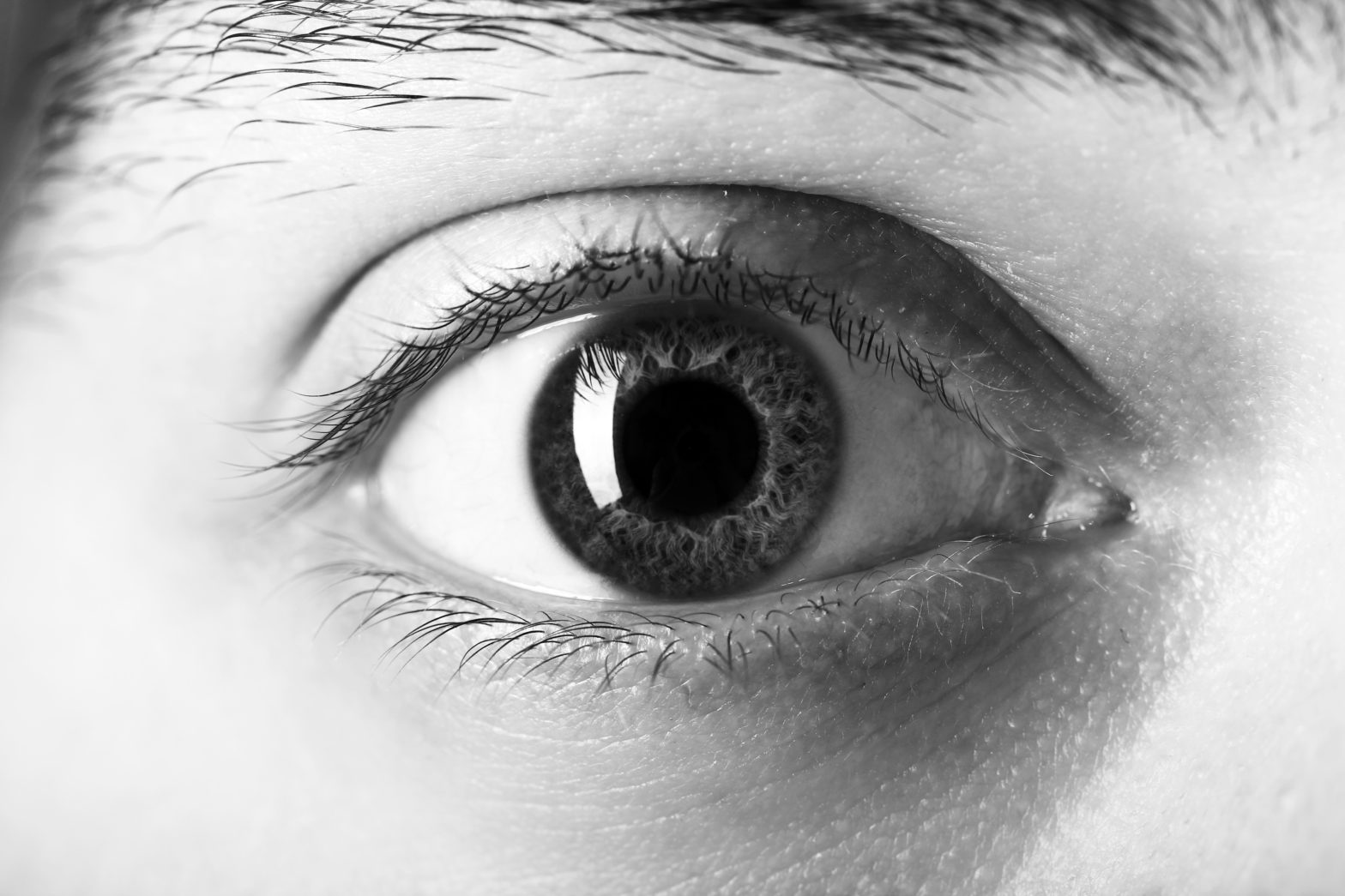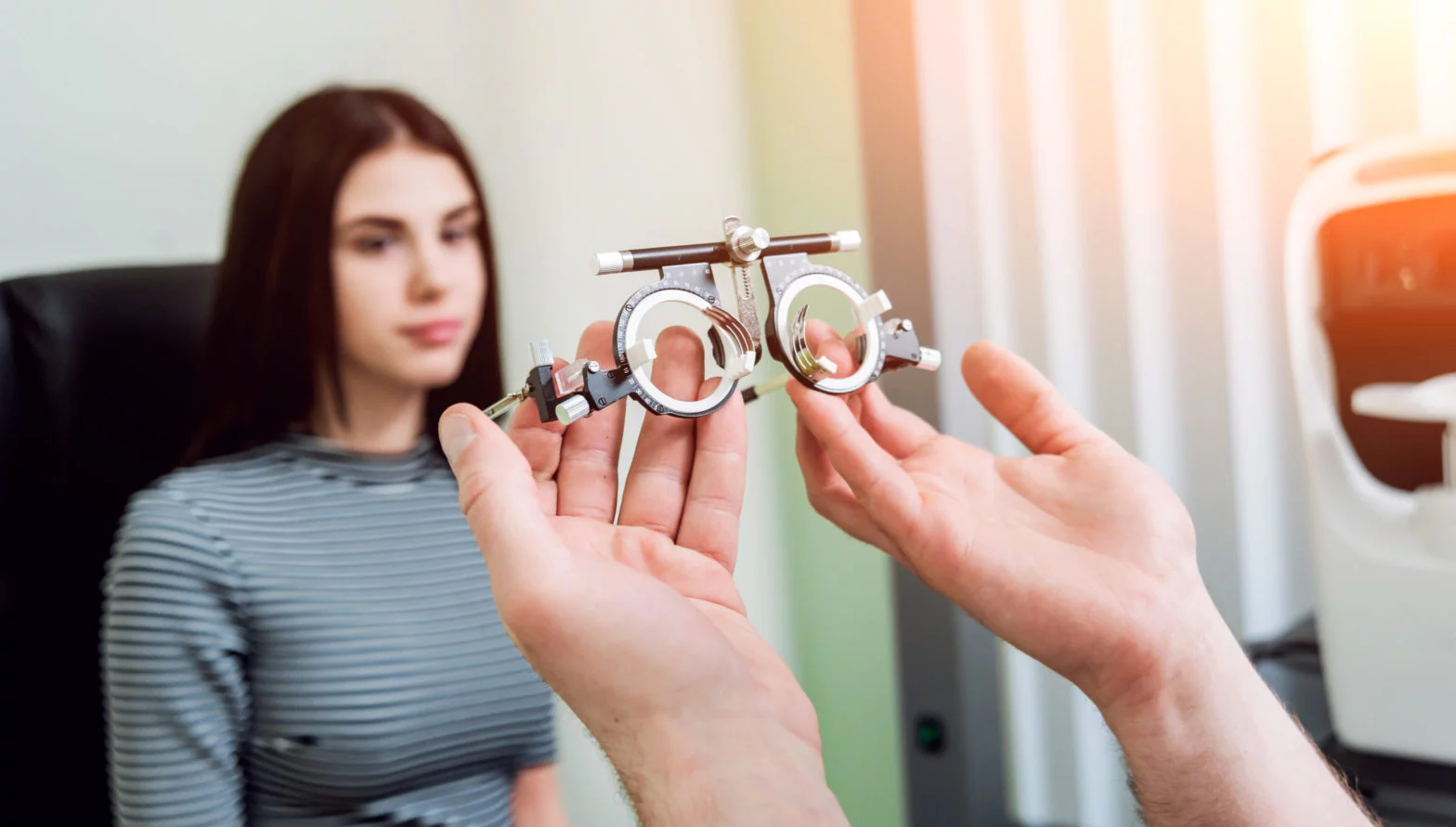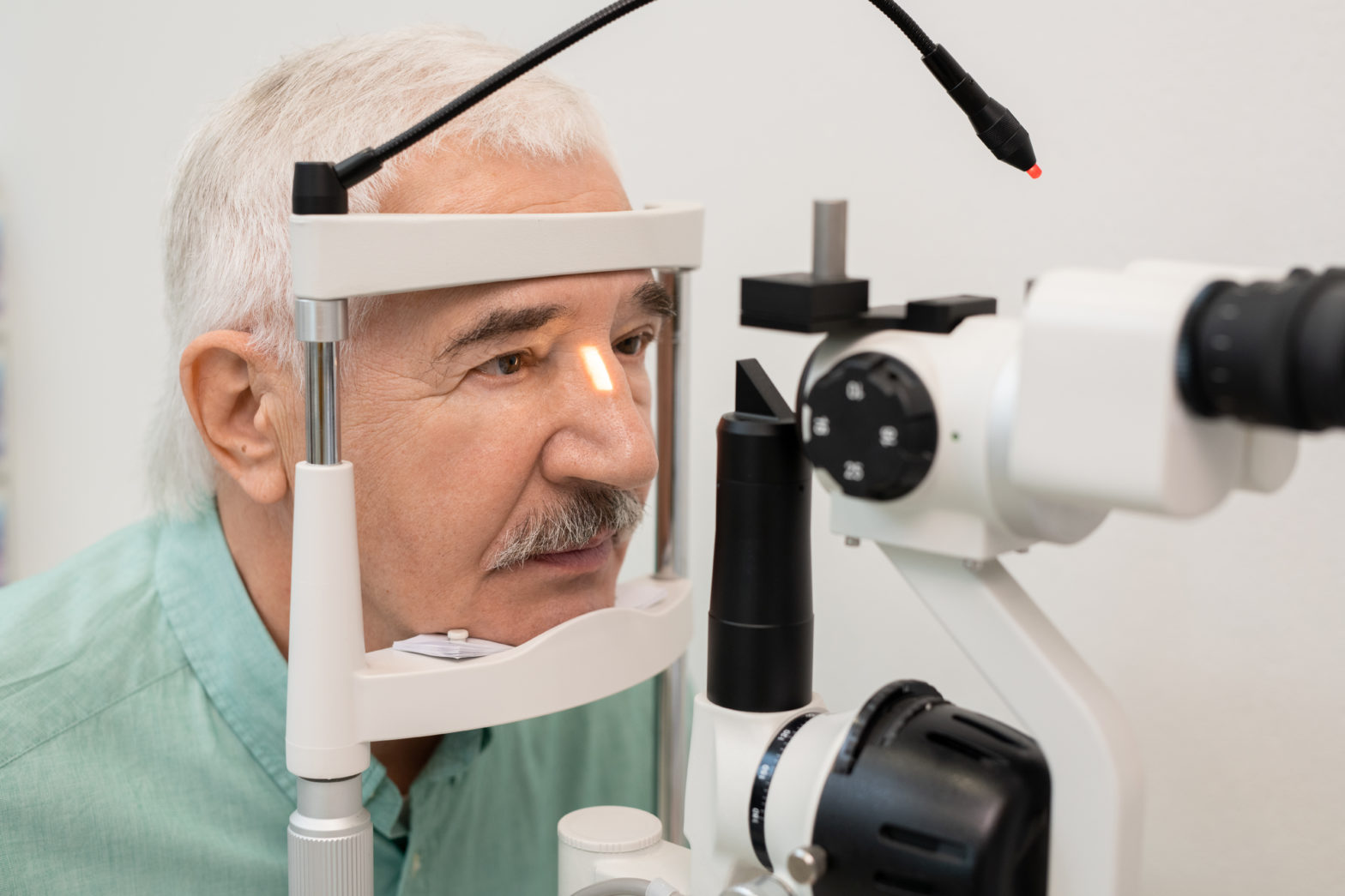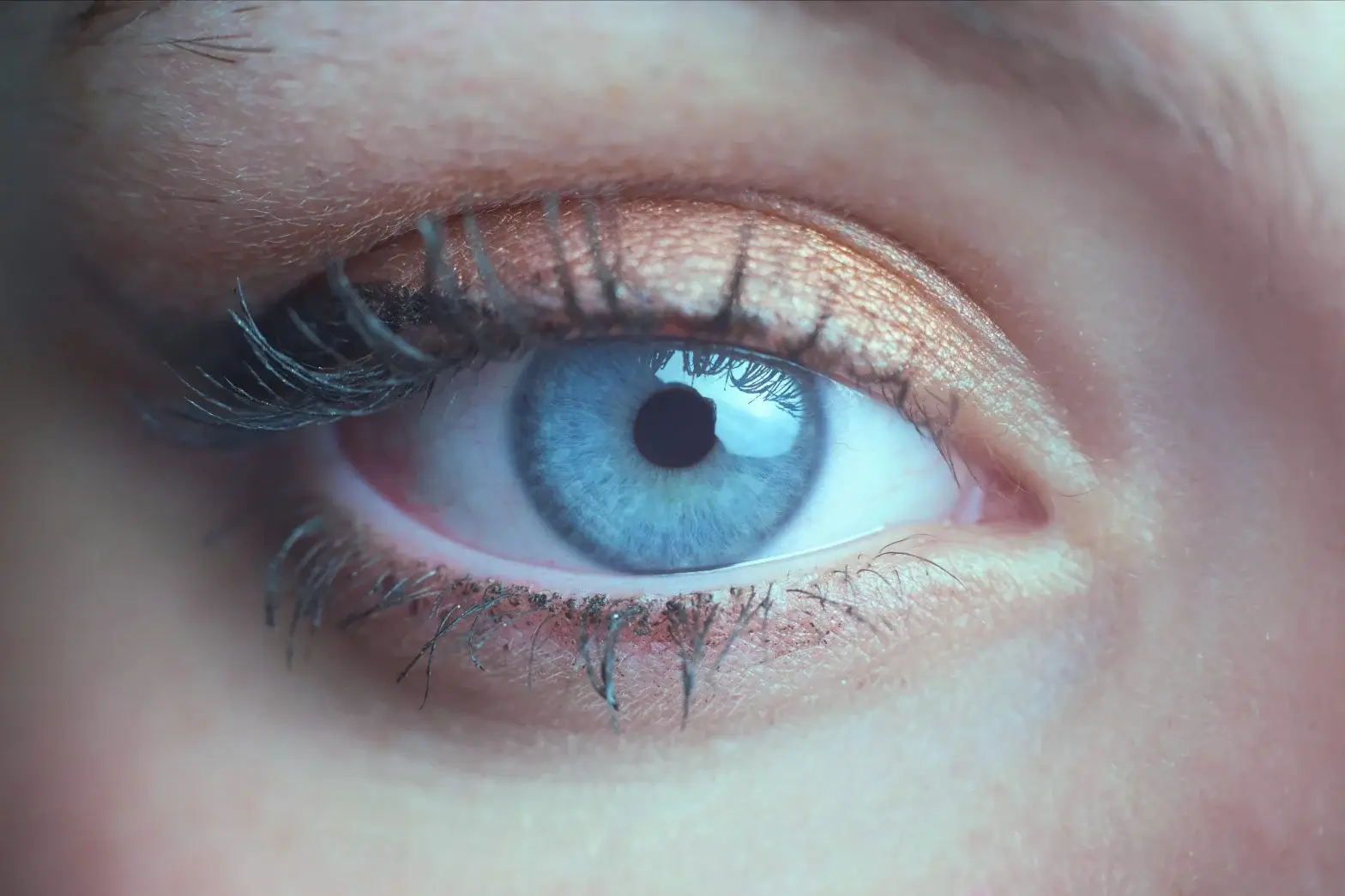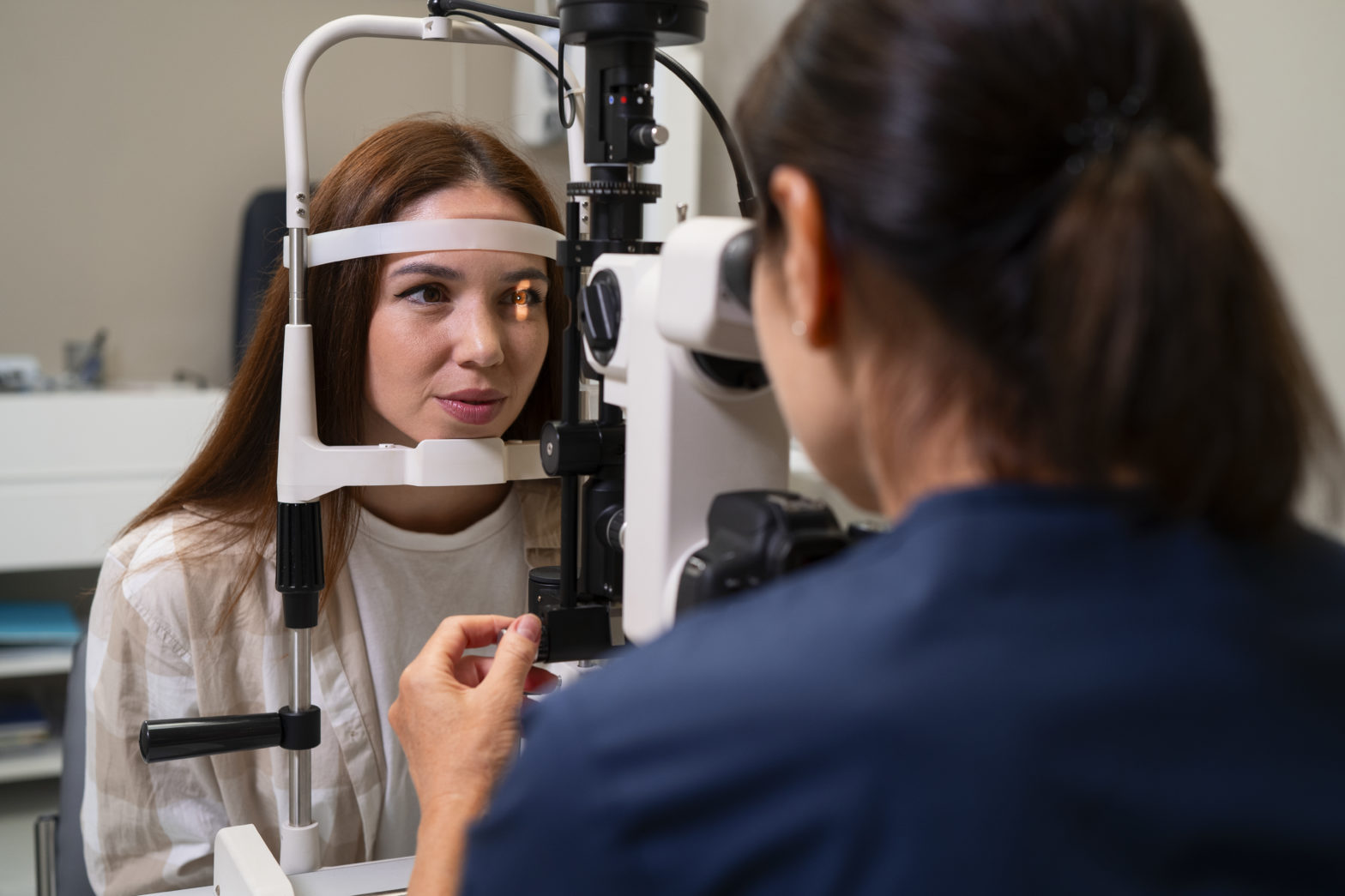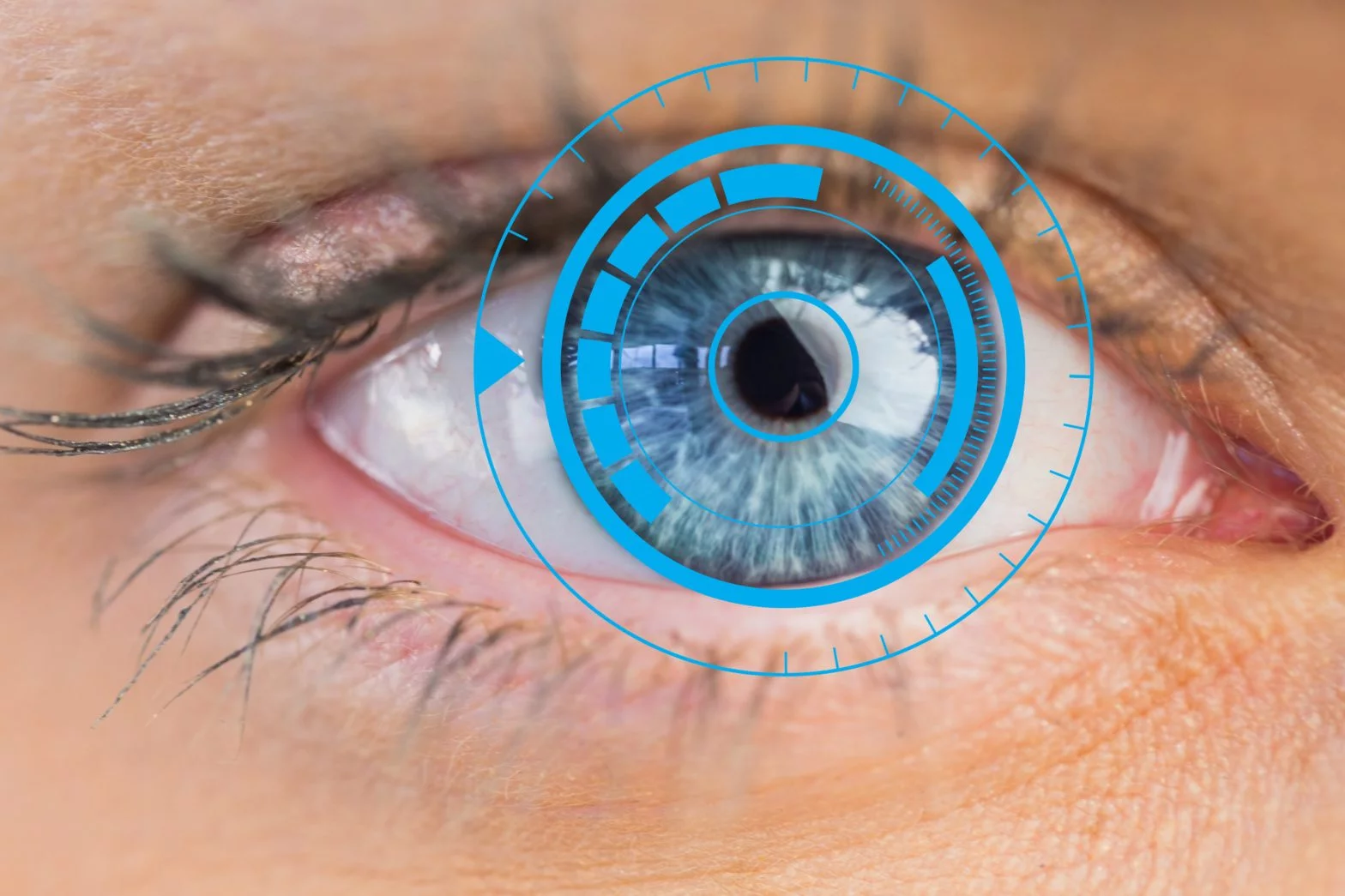- Home
- Treatments
- Cataract Surgery
Cataract Surgery
What is Cataract Surgery?
Cataract is the most widely known eye disease in which the natural crystalline lens inside the eye gets cloudy. This blocks the visual pathway that makes you lose your vision. Motiyabindoo mostly occurs in elderly patients; however, it can happen to children as well. If left untreated, it can lead to blindness.
Luckily, this blindness causing eye disease is reversible. When hazy vision interferes with routine activities of your life, it is time to consult an eye specialist and undergo Motiyabindu operation. Further, it is essential to understand that delaying cataract surgery makes the patient prone to other complications in the eye like high eye pressure, optic disc damage, glaucoma, etc.
At the right stage your eye doctor will advise and perform Cataract surgery. The entire process and the cataract surgery take less than 20-30 minutes. This means no need of night stay at the hospital.
How you prepare for cataract surgery
- Cataract surgery requires some physical, emotional and mental preparation as well besides financial support. Hence, it is advisable to accompany with a family member or a close friend while consulting for cataract surgery. This can help you make the decision for the right type and right lens for the cataract surgery.
- Before undergoing cataract surgery, you will need to undergo fitness assessment by a physician to ensure that your body functions and common parameters like BP, Blood Sugar, ECG etc are well controlled
- Your eye care professional or your physician may recommend stopping certain medications before your surgery.
Before cataract surgery
- Your eye specialist may advise you not to eat or drink for a few hours prior to your surgery.
- In order to lower the infection risks, antibiotic eye drops may be prescribed one day prior to your scheduled surgery day.
- Ensure your companion stays with you at the hospital on the day of the cataract surgery. This can be a mental support for you, they can assist in you some paper work and consent process and will ensure that you are able to go back home without any difficulty or logistics issue.
During the cataract surgery
Cataract surgery is a quick (outpatient) procedure, which means that you can go home the same day within an hour. The entire procedure from in to out of the hospital usually takes about two-three hours.
After cataract surgery
- Use only the prescribed medications and follow the instructions. Do not use any other drugs, without confirming with the hospital.
- If you have pain, light sensitivity, watering or redness in the operated eye, report to your eye doctor immediately.
- Do not miss the follow up session.
Eye care after cataract surgery
- Avoid touching hands to your eyes.
- Take bath below the neck every day and shave after 10 days.
- Place cotton in boiling water for ten minutes. After it cools down, squeeze the cotton and clean the eyelids and the corners of the operated eye with clean hands.
- Avoid dusty public places for at least 8 days after discharge.
- Protect your eyes with goggle for 2 weeks.
- Be careful when you are around children as they may get close to your eye.
- Do not lift heavy objects and do not strain to pass the motion. If constipated, consult the doctor.
- Refrain from reading or watching television for 1-2 days.
- Avoid sleeping on one side of your bed, especially on the operated eye for 2-3 days.
Cataract surgery recovery
The recovery time for vision improvement is generally a few hours after cataract operation. However, patient is expected to observe some precaution for a few weeks. This is to avoid developing any side effects or complications after the surgery.
Cataract surgery side effects
Although, Cataract surgery is safe with high success rate, it is very much like any other surgery. Hence, it carries its own share of side effects and complications.
During the surgery, if the posterior lens capsule breaks and some parts of cloudy lens enters the vitreous body, which is behind the lens. Thus, there might be a need for another surgery. This will require longer time to complete the operation and might increase the usual recovery period.
Sometimes, there might be bleeding inside the eye during the cataract operation.
Complications & risks associated with cataract surgery
- Infection inside your eye
- Inflammation inside the eye
- Rise in eye pressure
- A brief clouding of the cornea
- Mild bruising or blackening of eye which usually occurs due to blood thinning drugs
- Retinal detachment
- Glaucoma
- Subluxation of intraocular lens meaning partial or complete dislocation of lens
- Ptosis or drooping of eyelids
Eyeglasses After Cataract Surgery
Patients, who are comfortable with the idea of wearing spectacles after their cataract operation, can choose monofocal lens. These types of artificial lenses have one focal point as the name suggests i.e. near vision, distant or intermediate vision. However, now with all the latest advancements it is possible to have minimum dependence on glasses after the cataract surgery. Multifocal or trifocal lenses can go a long way in reducing the dependence on the glasses. It is a good idea to discuss the options of these advanced IOL’s with your cataract surgeon and explore your suitability for them.
There are some times when you have minor eye power after cataract surgery; you may need to wear eyeglasses.
Cataract surgery procedures
Phacoemulsification
A very tiny incision is made on the edge of the cornea and a thin probe is inserted inside the eye. Ultrasound waves are passed through this probe. These waves break up your cataract. The fragments are then suctioned out. Capsule of your lens is left behind to make a provision for the artificial lens placement.
Extra-capsular Cataract Extraction (Manual Small Incision Cataract Surgery)
In this procedure, a slightly larger cut is made. Surgical tools are inserted through the cut to remove the nucleus of your lens and then remaining cortical matter of the lens is then aspirated. Capsule of the lens is left behind for the artificial lens to fit. This technique may need stitches.
After the cataract has been removed, an artificial lens called IOL or intraocular lens is implanted. This lens may be made of silicone, plastic or acrylic. Some IOLs are able to block out UV light and there are others that provide both near and distant vision correction called as Multifocal or Trifocal lens.
Laser Cataract Surgery
There is a femtosecond laser technology available to assist in cataract surgery. With the help of the laser tiny cut is made and the front capsule of the lens is removed. However, with femto laser technology, we still cannot perform the full cataract surgery. It can only help in some initial parts of the surgery and after that we need to use the phacoemulsification machine to remove the actual cloudy lens.
Your eye specialist will numb your eyes using a local anesthetic drops. This makes your eyes numb so that you don’t feel the pain during the procedure.
In this surgery, the cloudy lens is removed and is replaced with a new intraocular lens (IOLs) in the same capsule of the lens.
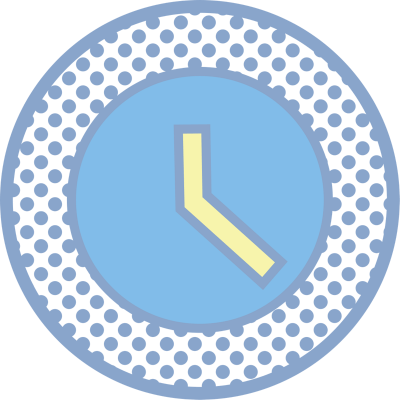
Do not ignore eye trouble!
Now you can reach our senior doctors by booking an online video consultation or a hospital appointment
Book an appointment now

